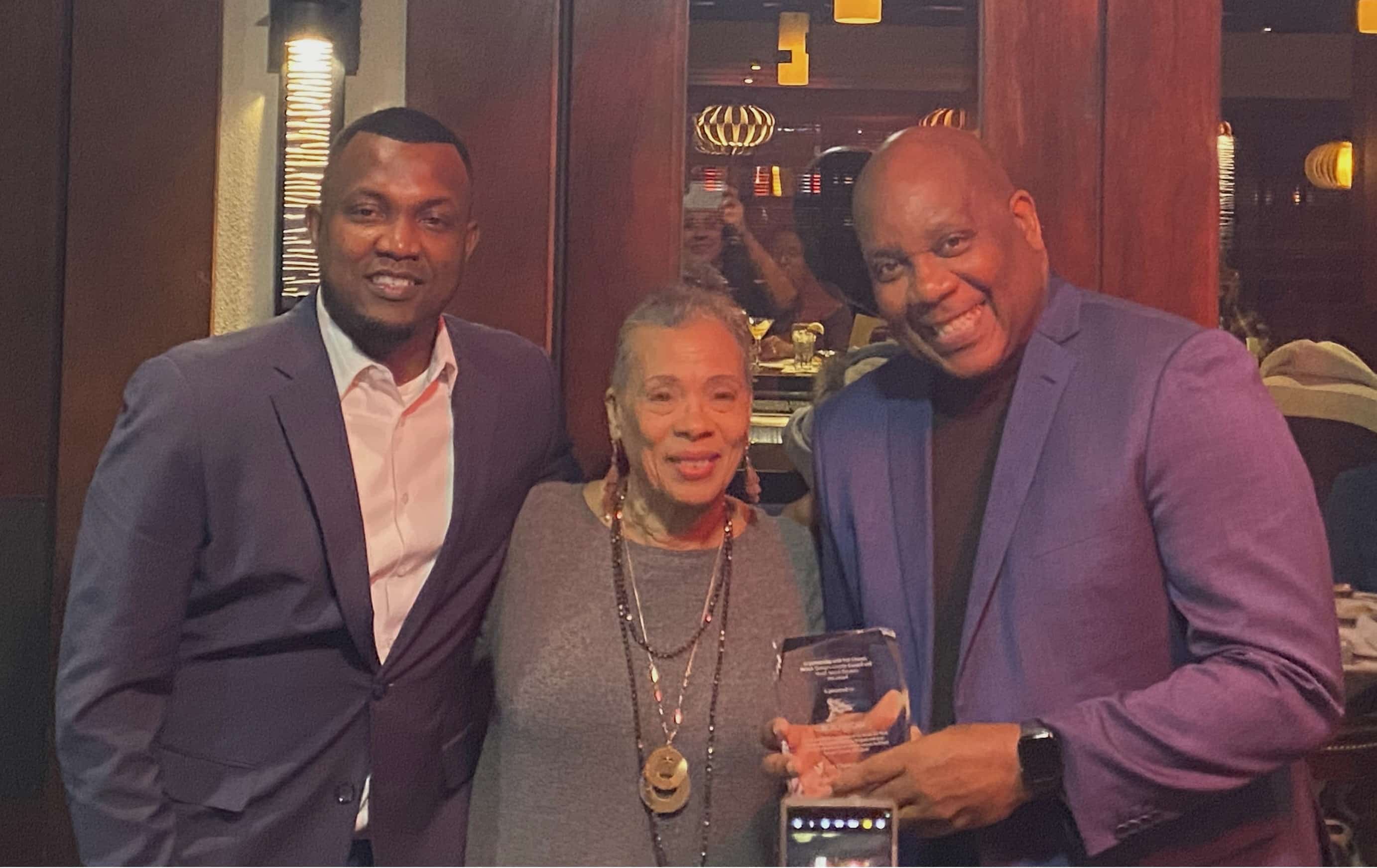
My name is Valarie Ashley, and I went through the yearlong Fair Chance partnership program in 2012.
Let me share some background: I came to the nonprofit where I was an executive director after having been a very successful program director at a mid-size nonprofit with approximately a $6M budget in 2009. Given my experience managing a larger budget and similar programs, I thought I was well prepared to take on the role of executive director. As the kids nowadays would say, I was “being delulu” (delusional).
I was completely overwhelmed. Until then, I hadn’t realized how much support I had in my previous organization—though I had often thought I was doing other people’s jobs. During my first six months, I found myself going back to former colleagues in accounting, HR, and fundraising to apologize. The depth of work required to run a nonprofit had been invisible to me. Those first eighteen months were incredibly challenging; I found myself closing my door for a good ugly cry weekly. I kept praying and questioning if I was in the right place.
Deep down, I knew I was where I needed to be. I loved our mission, and I had a Rock Star Board of Directors. (I know not everyone can say that, but I also needed to learn how to fully and best engage them.) While I managed to make some changes that improved our program delivery and coached staff toward better pay and an improved sense of purpose, I still struggled with issues that embarrassed me.
I faced numerous challenges: How could I get a handle on timekeeping with payroll? How could I develop a program to engage volunteers? How could I ensure that staff had a voice in the annual budgeting process? Most importantly, with limited financial resources, who could I trust to help me in a way that wouldn’t backfire? These are the kinds of real, ongoing issues that executive directors in our network face daily.
I need to confess something else: before leading a small nonprofit, I too questioned the value and need for such organizations. Then I ran one. I discovered that there are whole groups of people who need services but can’t meet—or are intimidated by—the entrance requirements of larger nonprofits. This isn’t a criticism; it’s simply reality. We need to recognize that there’s an ecosystem where we all bring value.
My nonprofit focused on basic literacy and numeracy needs for adults returning from incarceration or those without high school credentials. Many lacked identification or the means to obtain it—a crucial requirement for employment forms. It’s easy to make assumptions, but remember: small nonprofits typically grow out of unmet needs. Some stay small, others grow. Neither path is wrong, but understanding their “why” is crucial. I relate it to my own experience of wondering what our fundraising team did until I had to prospect, write, and package my first grant. When you don’t know, it’s easy to assume.
In 2011, I discovered a lifeline—a newsletter announcement about the Fair Chance partnership.
Though it seemed too good to be true, my investigation revealed colleagues who confirmed its legitimacy. We were accepted, and it became a game-changer. My Capacity Builder, Anjali, sparked tears of relief as I finally found a trusted space to discuss the things that were keeping me up at night.
She helped transform our organization. We implemented effective timekeeping systems that improved staff accountability and simplified our annual auditing process. Together, we engaged the entire staff in designing a new logic model. Though I initially doubted its value, it proved invaluable for staff culture, grant reporting requirements, and innovative program thinking.
When our partnership was scheduled to end, I dreaded losing this safe space for growth. But I was wrong. As an alumna, I gained access to an e-forum where executive directors in the network shared everything from everyday challenges to significant strategic questions. Through this network, I found an affordable retreat space for our annual board meeting (which my capacity builder helped design) and secured pro bono legal assistance to align our bylaws with new DC nonprofit regulations.
These resources provide critical support in an environment where guidance isn’t always clear or affordable. Sometimes, you simply need safe, quality thought partnership to help identify what you really need.
Now, as I celebrate my 5-year anniversary at Fair Chance on February 3, 2025, I take pride in helping other nonprofits access the same opportunities that transformed my leadership journey. We’re seeing unprecedented demand for our alumni services as nonprofits face mounting challenges.
I invite you to invest in our work:
- If you’re a current donor, please consider increasing your gift
- If you’re new to our organization, please consider supporting us
- If you’re a past donor, I invite you to see how we’ve grown and evolved
By investing in Fair Chance, you’re investing in the success of countless nonprofits and the communities they serve. You’re ensuring these vital organizations can continue addressing critical needs and creating lasting positive change.
Together, we can build stronger, more resilient communities for everyone.
Sincerely,
Valarie Ashley



